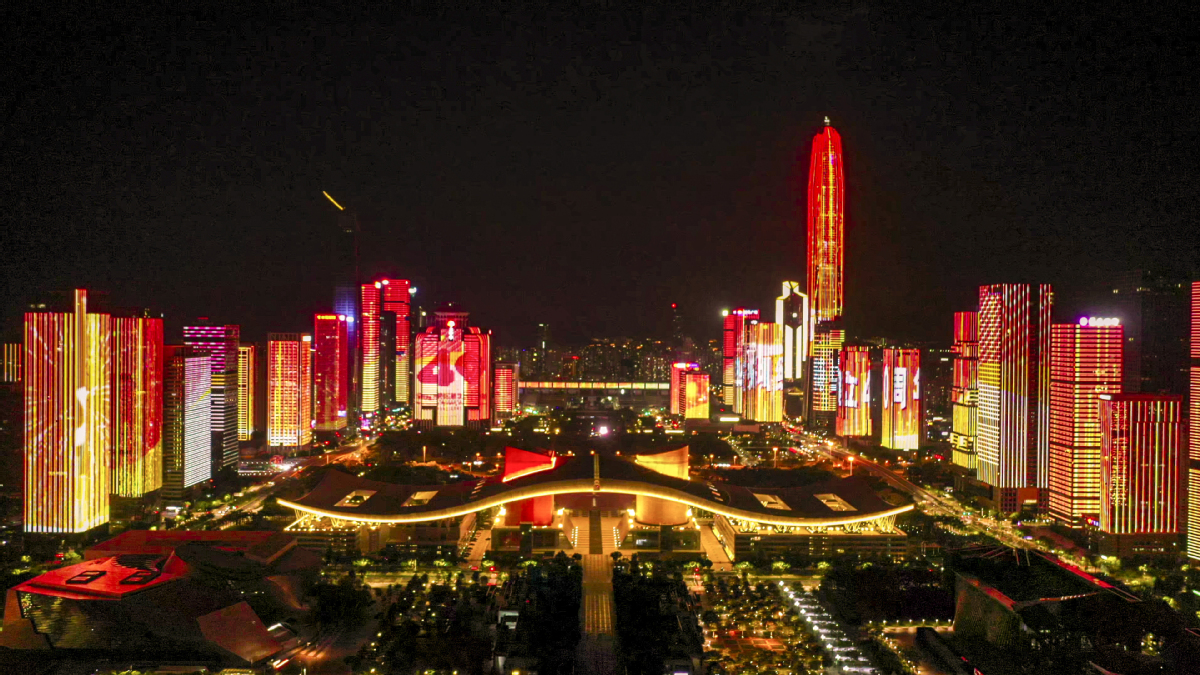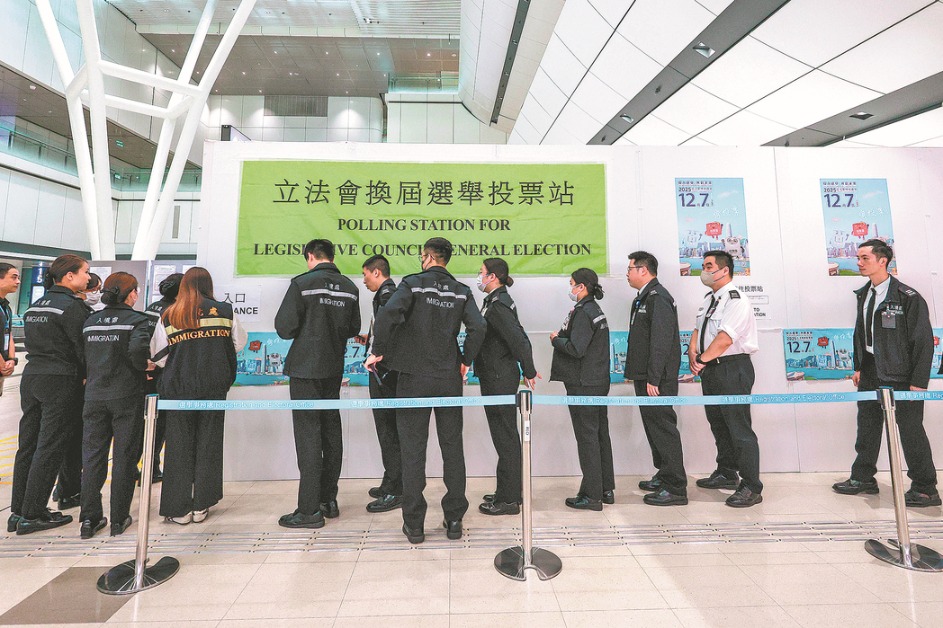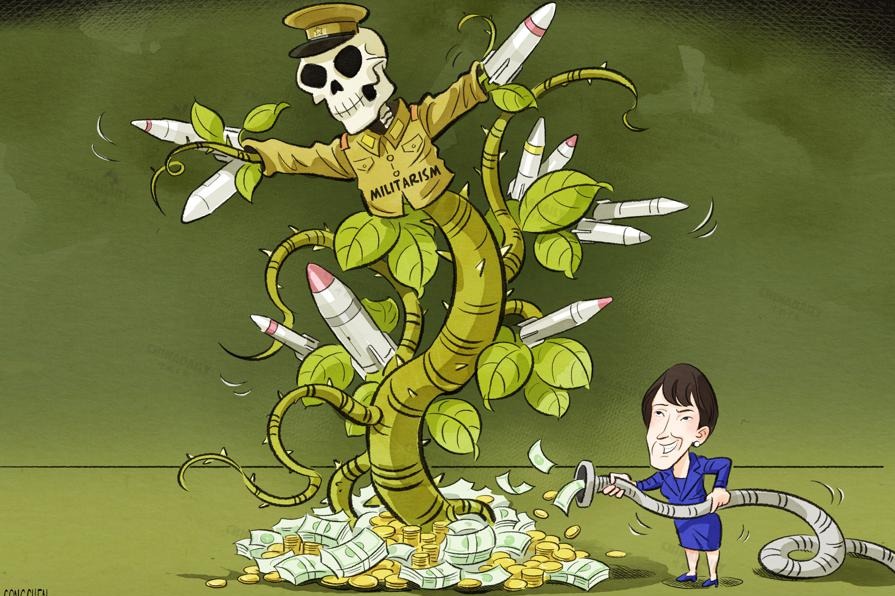Shenzhen model continues to bear fruit after four decades
By PEI PEI in Shenzhen, Guangdong | China Daily | Updated: 2020-08-26 06:44

"I was confident in the land's future, despite its bleakness back then," Chan Wai-kuen said about her first encounter with Shenzhen, Guangdong province.
Chan, now in her 80s, was one of the first Hong Kong businesspeople to invest in the city after its opening-up.
On June 28, 1982, her first project in the city-Shekou Shopping Center-opened, officially as "a metal warehouse".
Her memories of that day remain fresh. "People elbowed in, even some floor tiles broke under the trampling of the crowds," she said.
She sold 500 fans and 150 color televisions that day, exhausting all her stock and recouping her investment.
The "metal warehouse" developed into a 35-floor tower on the same site in 1995.
Wednesday marks the 40th anniversary of the founding of the Shenzhen Special Economic Zone, a de facto experimental area to pilot reforms before their rollout nationwide.
Yet, as Chan's story indicates, over the past 40 years, the city itself gained tremendously from its mission of becoming a trailblazer in the development of the country.
Last year, the city's gross domestic product exceeded 2.6 trillion yuan ($376.22 billion), comparable to Singapore. Its per capita GDP is about $30,000, similar to that of France.
The fundamental changes in the city have shaped its character and have further promoted its development by instilling in its residents a spirit of entrepreneurship, something that had been long lost in the planned economy era.
According to statistics released on Tuesday by Meituan Bike, a leading bike sharing company, Shenzhen residents get up the earliest and go to bed the latest among people in major Chinese cities.
Also, Shenzhen has provided the country with workable models on how to harness inbound investment and technologies.
For instance, industrial parks and high-tech zones filled with joint-venture enterprises flourished beyond Shenzhen after they were proved to be an effective model to quickly introduce advanced productive forces into the Chinese economy.
The Qianhai Shenzhen-Hong Kong Modern Service Industry Cooperation Zone, in Shekou, where Chan's business developed, is the latest case in point, as it witnesses deepening cooperation between Hong Kong and Shenzhen.
Over the past decade, 11,700 Hong Kong enterprises have been registered in the zone and invested a total of $20.3 billion, according to Tian Fu, head of the zone's administrative body.
Now, more than 100 Fortune Global 500 corporations have operations in Shenzhen, among which eight are headquartered in the city, making it a magnet for talent.
Notably, the city's administration has progressed together with the metamorphosis of its economy. Earlier than in many other Chinese cities, the Shenzhen government regarded itself as a service provider rather than a dominant force in the economy, and acted accordingly.
The main experience Shenzhen provides the country in its reform and development is that reform should always be market-oriented, said Tao Yitao, a senior researcher of special economic zones at Shenzhen University.
Thanks to its pro-innovation business environment, Shenzhen has successfully transited from its initial labor-and resource-intensive takeoff phase to an innovation-driven development stage, turning the city from an importer of investment and know-how to an exporter of those.
"Ten years ago, enterprises could rely on processing to obtain high profits, and now they can still rely on it to survive, but they will not exist in Shenzhen in 10 years or so," said Guo Xiaolin, founder of Shenzhen Kakusan Technology, a beauty equipment manufacturer.
Guo partially attributed his success so far to the city's fertile business environment and its edge in technology and marketing.
As many locals said, it is their unchangeable belief in their dreams and the city's role as a dream incubator that have inspired them to make the best of the time and what the city has to offer.
As such, the best way to commemorate the 40th anniversary, as they said, is not to review what it has achieved but to continue to hold dear what has made that happen.
























